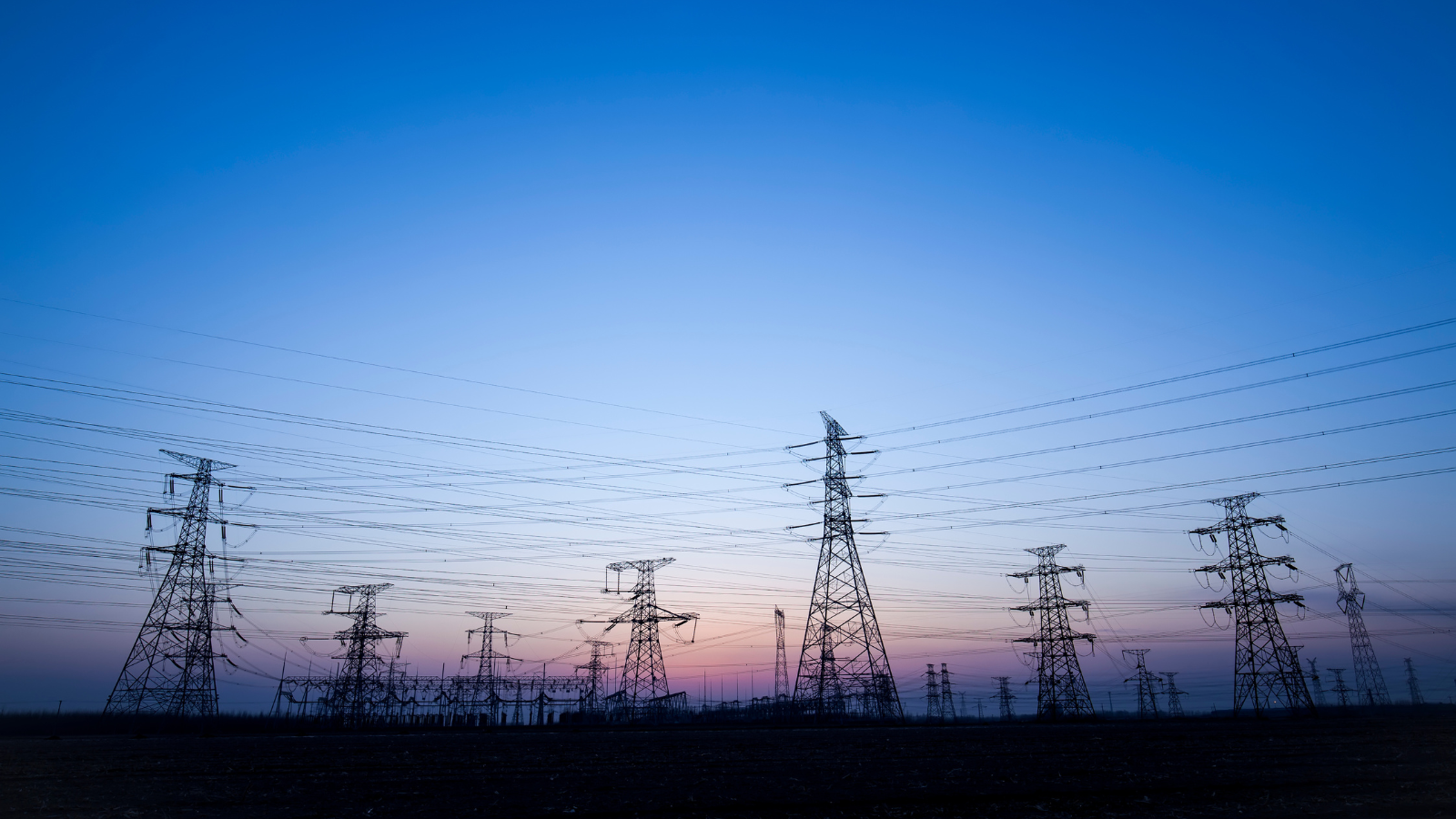RNA Report: Reliability Findings Hinge on Key Assumptions

The Reliability Needs Assessment (RNA) forecasts system conditions over the next ten years to determine whether the grid will have sufficient generating capacity and transmission capability to meet expected demand. If it does not, a reliability need is declared and the NYISO takes action to resolve it. The identification of reliability needs through this assessment is guided by mandatory reliability rules set by independent reliability organizations or accepted by regulators, including the North American Electric Reliability Corporation, the Northeast Power Coordinating Council, the New York State Reliability Council, and the Federal Energy Regulatory Commission.
While this year’s RNA did not identify a reliability need and concludes that the power grid is expected to meet all applicable reliability criteria through 2032, the report emphasizes that already-thinning reliability margins could be eliminated altogether based on identified risk factors. Increased system demand, delayed implementation of planned transmission and generation projects, additional generator deactivations or unplanned outages, and extreme weather are among the risk factors discussed.
Reliability Margins are Narrowing and Could be Eliminated
Assessing the future reliability of the grid requires that several assumptions be made about the demand for electricity, the supply resources that will be available, the physical makeup of the transmission system, and the forecasted weather. Because future reliability margins are so thin, slight changes to any of these assumptions could potentially lead to reliability concerns. If, for example, projected demand in NYC in 2025 was merely about 60 MW higher than forecasted in the RNA, a reliability need would likely arise. Such an outcome would require the NYISO to seek solutions to resolve the reliability need.
The RNA identifies a number of potential risks that could lead to reliability needs in the future, including delays in planned infrastructure investments, more extreme weather, or unexpected generator outages or retirements.
Key Findings: Risks to Reliability
In addition to examining the future performance of the grid under expected conditions, the RNA examined multiple scenarios to inform interested parties of other potential reliability risks. Under these scenarios, different assumptions are incorporated into models to help identify when reliability needs could arise. Importantly, the NYISO cannot declare reliability needs based on the outcome of these scenarios.
In one scenario, the Champlain Hudson Power Express transmission line, which is expected to be in service in the first half of 2026, was assumed to be delayed. As a result of this hypothetical delay, reliability needs could arise on the system beginning in 2028.
To further consider extreme weather, the RNA examined the impact of conditions that are more extreme than the expected weather baseline conditions, such as heatwaves and cold snaps. The system is expected to meet most extreme winter conditions through the study period, though problems could arise as early as the winter of 2028-29 if the 1-in-100 year extreme cold coincides with gas pipeline constraints that limit the availability of gas generation. 1-in-100-year extreme heat wave conditions could cause reliability concerns as early as 2023.
Another scenario modeled the possibility of unanticipated generator retirements by removing the oldest generators from the system until the system could no longer be operated reliably. This scenario concluded that the system would likely need to retain at least 17,000 MW of fossil fuel generating capacity in 2030 to maintain reliability.
Key Takeaways Next Steps
The RNA did not identify any reliability needs that would require the NYISO to take action in order to implement solutions. However, it did reinforce findings from earlier studies that show reliability margins are thinning to concerning levels. And, by analyzing multiple scenarios the RNA identified several risks that could erode or eliminate these thin margins.
Even slight deviations from expected grid conditions could trigger reliability concerns in the future. Delays in advanced-stage transmission and generation additions, more extreme weather than anticipated, gas supply shortages in the winter, or unexpected generator retirements and outages all could contribute to reliability concerns in the near term.
Through the NYISO’s comprehensive reliability planning process, we will continue to assess the grid for reliability needs to support a reliable transition to the grid of the future. Quarterly reliability reports enable us to reflect changing circumstances on the grid and require reliability solutions to be implemented should these changes lead to reliability needs.
